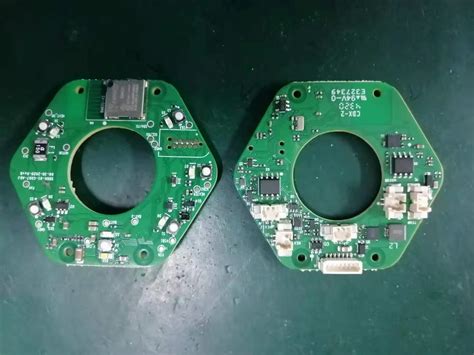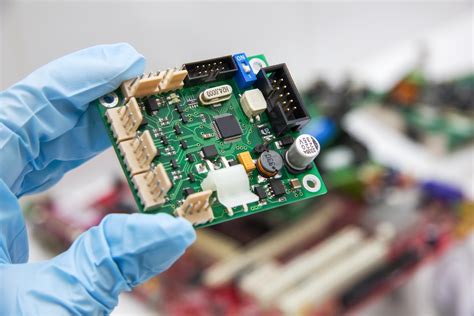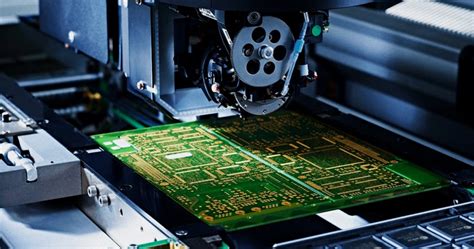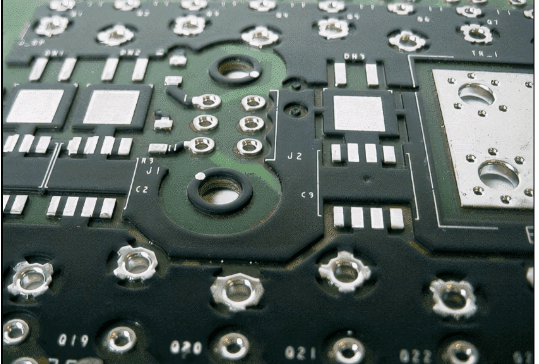Advanced PCB Technologies: Innovations and Future Trends
Introduction
Printed Circuit Boards (PCBs) are the backbone of modern electronics, enabling the interconnection of components in devices ranging from smartphones to aerospace systems. As technology evolves, the demand for advanced PCBs has grown, driven by the need for higher performance, miniaturization, and reliability. This article explores the latest advancements in PCB technology, including high-density interconnect (HDI), flexible and rigid-flex PCBs, embedded components, and advanced materials, while also discussing future trends such as 3D-printed electronics and AI-driven design optimization.
1. High-Density Interconnect (HDI) PCBs
1.1 What is HDI?
HDI PCBs are designed to accommodate more components in a smaller space by using microvias, finer traces, and higher layer counts. These boards are essential for compact, high-performance devices like smartphones, wearables, and medical implants.
1.2 Key Features of HDI PCBs
- Microvias (laser-drilled vias < 150µm) – Enable dense interconnections.
- Fine-pitch components – Support smaller IC packages (e.g., BGA, CSP).
- Sequential lamination – Allows complex multilayer structures.
- Improved signal integrity – Reduces crosstalk and electromagnetic interference (EMI).
1.3 Applications
- 5G devices – Requires ultra-low latency and high-frequency performance.
- Automotive electronics – Advanced driver-assistance systems (ADAS) rely on HDI.
- IoT and wearables – Demands compact, energy-efficient designs.

2. Flexible and Rigid-Flex PCBs
2.1 Flexible PCBs
Made from polyimide or PET films, flexible PCBs can bend and twist, making them ideal for dynamic applications.
Advantages:
✔ Lightweight and space-saving.
✔ Resistant to vibration and mechanical stress.
✔ Used in foldable phones, medical devices, and aerospace.
2.2 Rigid-Flex PCBs
Combine rigid and flexible layers, offering structural stability while allowing bending in specific areas.
Applications:
- Military and aerospace – Used in satellites and avionics.
- Medical devices – Endoscopes and implantable sensors.
- Consumer electronics – Foldable smartphones (e.g., Samsung Galaxy Z Fold).
3. Embedded Components
3.1 What Are Embedded Components?
Instead of mounting components on the surface, they are embedded within the PCB layers, reducing size and improving performance.
3.2 Benefits
✔ Higher reliability – No solder joints to fail.
✔ Improved signal speed – Shorter interconnects reduce latency.
✔ Better thermal management – Heat dissipation is more efficient.
3.3 Use Cases
- Automotive radar systems – Requires compact, high-frequency designs.
- High-performance computing (HPC) – AI servers benefit from reduced signal loss.
4. Advanced PCB Materials
4.1 High-Frequency Laminates
Materials like Rogers, Teflon, and PTFE are used for RF and microwave applications (5G, radar).
Properties:
- Low dielectric loss.
- Stable performance at high frequencies.
4.2 Thermal Management Materials
- Metal-core PCBs (MCPCBs) – Used in LED lighting and power electronics.
- Ceramic substrates – Ideal for high-power applications.
4.3 Sustainable PCBs
- Bio-based resins – Reduce environmental impact.
- Lead-free soldering – Compliant with RoHS regulations.

5. Future Trends in Advanced PCBs
5.1 3D-Printed Electronics
- Additive manufacturing allows rapid prototyping of complex PCB geometries.
- Conductive inks enable printing circuits on flexible substrates.
5.2 AI and Machine Learning in PCB Design
- Automated routing optimization – AI reduces design time and errors.
- Predictive maintenance – AI detects potential failures before they occur.
5.3 Quantum Computing PCBs
- Requires ultra-low-noise, cryogenic-compatible PCBs.
- Superconducting materials are being explored for quantum applications.
5.4 Integration with Semiconductor Technologies
- Chiplet-based designs – Multiple ICs integrated into a single PCB.
- Advanced packaging (e.g., SiP, SoC) – Blurs the line between PCBs and semiconductors.
Conclusion
The evolution of advanced PCBs is revolutionizing electronics, enabling smaller, faster, and more reliable devices. From HDI and flexible PCBs to embedded components and AI-driven design, the industry is pushing the boundaries of innovation. As 5G, IoT, and quantum computing advance, PCBs will continue to play a critical role in shaping the future of technology.
Investing in next-gen PCB technologies is no longer optional—it’s a necessity for staying competitive in the rapidly evolving electronics landscape.







